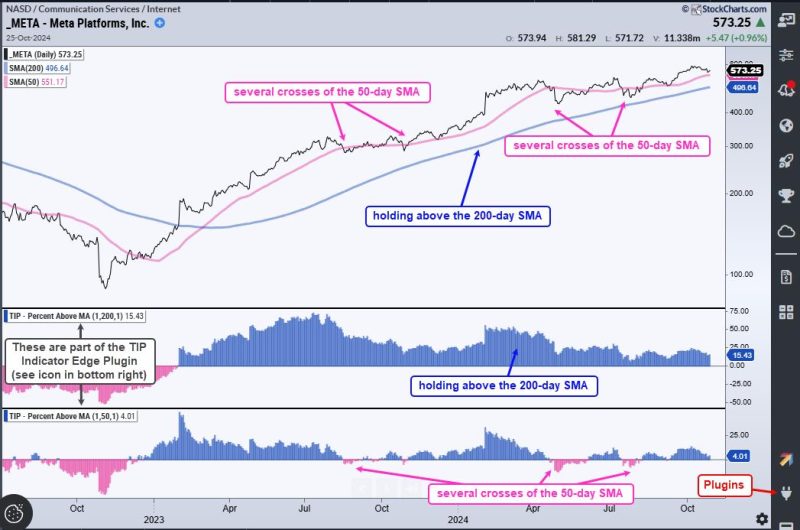In today’s fast-paced and competitive world of trading and investing, having an edge is crucial to success. A few key indicators can make a significant difference in improving your edge and potentially increasing your profits. Below, we will explore two essential indicators that can help sharpen your skills and enhance your trading performance.
1. Moving Average Convergence Divergence (MACD)
The Moving Average Convergence Divergence, commonly referred to as MACD, is a popular and versatile indicator that traders use to identify trends and generate buy or sell signals. The MACD is comprised of three main components: the MACD line, the signal line, and the histogram.
The MACD line is calculated by subtracting the 26-period Exponential Moving Average (EMA) from the 12-period EMA. The signal line is a 9-period EMA of the MACD line. The histogram represents the difference between the MACD line and the signal line.
Traders typically look for crossovers between the MACD line and the signal line as potential buy or sell signals. When the MACD line crosses above the signal line, it is considered a bullish signal, indicating a potential uptrend. Conversely, when the MACD line crosses below the signal line, it is seen as a bearish signal, suggesting a possible downtrend.
By using the MACD indicator, traders can gain valuable insights into market trends and make more informed trading decisions. It can help traders identify potential entry and exit points, as well as confirm the strength of a trend.
2. Relative Strength Index (RSI)
The Relative Strength Index, or RSI, is another powerful indicator that traders use to assess the strength and momentum of price movements. The RSI is a momentum oscillator that ranges from 0 to 100 and is typically used to identify overbought or oversold conditions in the market.
When the RSI reaches above 70, it is considered overbought, suggesting that the asset may be due for a correction or reversal. On the other hand, when the RSI falls below 30, it is deemed oversold, indicating a potential buying opportunity.
Traders can use the RSI to confirm trends, spot divergences, and determine potential price reversals. By incorporating the RSI into their analysis, traders can better understand market dynamics and make more informed trading decisions.
In conclusion, integrating indicators such as the MACD and RSI into your trading strategy can significantly enhance your edge in the market. These indicators provide valuable insights into market trends, momentum, and potential price movements, helping you make more informed trading decisions and ultimately improve your trading performance. It is essential to note that while indicators can be powerful tools, they should be used in conjunction with other forms of analysis and risk management strategies to maximize their effectiveness and minimize potential risks.

























